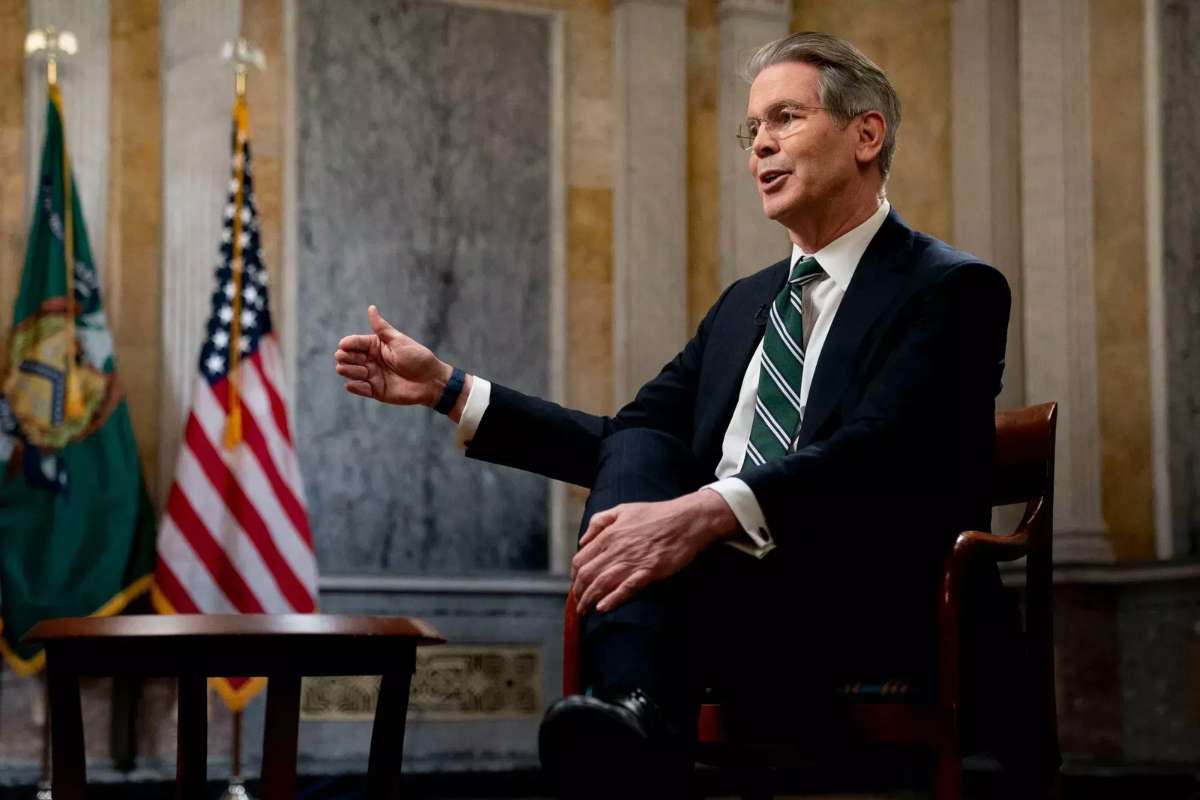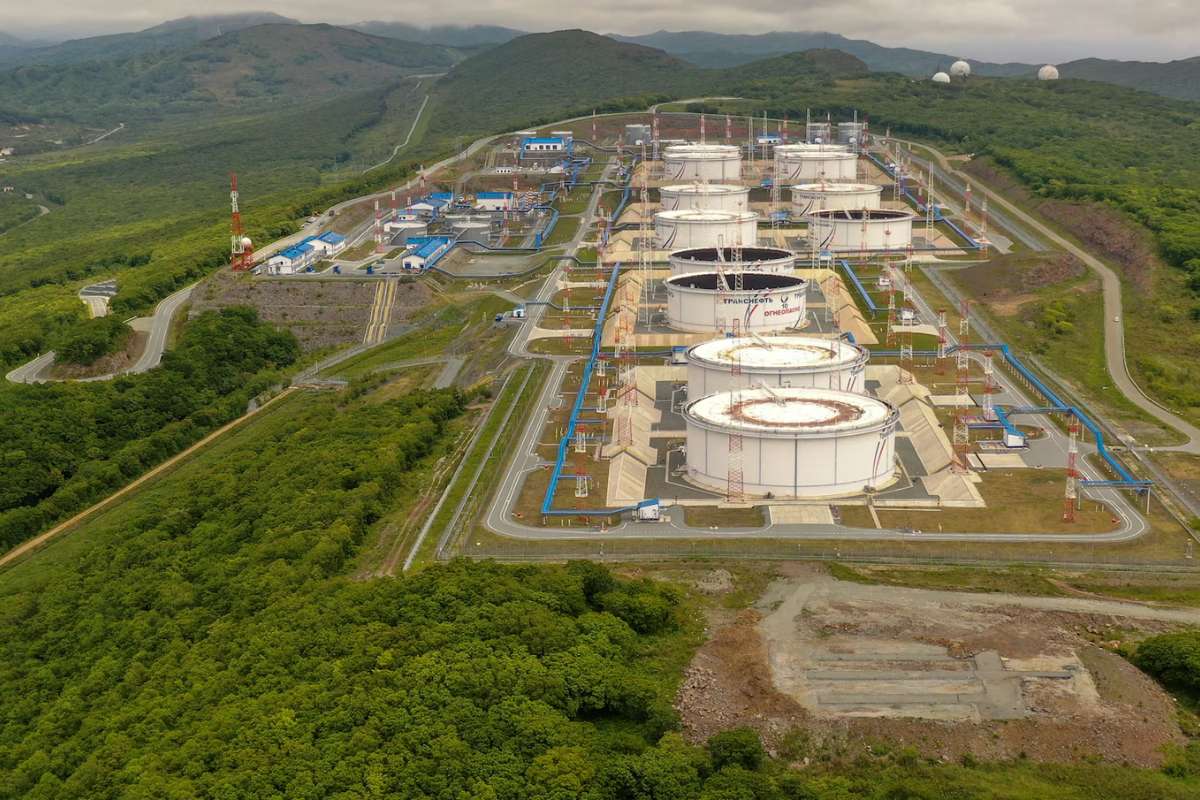Oil Prices Increase Slightly as Fuel Demand Rises
Oil Prices Rise experienced a modest increase on Wednesday following a decline in U.S. fuel inventories, signaling strong demand. However, gains were limited due to the Federal Reserve’s decision to maintain interest rates. Brent crude futures climbed by 22 cents (0.31%) to settle at $70.78 per barrel, while U.S. West Texas Intermediate (WTI) crude rose by 26 cents (0.39%) to reach $67.16 per barrel.
According to U.S. government data, crude stockpiles increased by 1.7 million barrels last week, significantly surpassing analysts’ expectations of a 512,000-barrel rise. Despite this, distillate inventories—including diesel and heating oil—dropped by 2.8 million barrels to 114.8 million, far exceeding the anticipated 300,000-barrel decline. “The EIA showed a net draw including products, which is incrementally bullish,” said Josh Young, Chief Investment Officer at Bison Interests.
Geopolitical Tensions in the Middle East Impact Markets
Rising geopolitical tensions in the Middle East further influenced Oil Prices Rise market sentiment. The Israeli military resumed ground operations in Gaza’s central and southern regions following airstrikes that reportedly killed over 400 Palestinians. Meanwhile, U.S. President Donald Trump reaffirmed his administration’s military stance against Yemen’s Houthi rebels and warned that Iran would be held accountable for any actions disrupting global shipping in the Red Sea.
“Traders are being forced to refocus on Mideast geopolitical risks as Israel and the United States launch attacks on Gaza and Yemen, respectively,” said Clay Seigle, a senior fellow at the Center for Strategic and International Studies. Heightened geopolitical instability has historically contributed to market volatility, with traders closely monitoring developments in the region.
Federal Reserve’s Rate Decision and Ukraine Talks Affect Oil Prices Rise
The Federal Reserve’s decision to keep interest rates within the 4.25%-4.50% range as expected limited oil price gains. Policymakers, however, signaled a potential reduction in borrowing costs by half a percentage point later this year due to slowing economic growth and decreasing inflation. Concerns over a potential economic slowdown, compounded by U.S. tariffs on Canada, Mexico, and China, also raised fears of lower energy demand.
Meanwhile, ceasefire negotiations between Russia and Ukraine remained a focal point for investors. Russia accepted a proposal from President Trump to temporarily halt attacks on Ukrainian energy infrastructure, raising hopes for peace and the eventual return of Russian oil to global markets. However, skepticism remains as both nations accused each other of violating the agreement shortly after it was signed.
“Even if a deal is struck, it will likely take some time before Russian energy exports increase in a significant way, with the short-term impact being around diversion of flows in order to attract better pricing,” analysts noted. Russia, one of the world’s largest oil suppliers, has faced production declines due to wartime sanctions, affecting global supply levels.
As investors assess global energy demand, market fluctuations will continue to be influenced by geopolitical developments, central bank policies, and economic conditions worldwide.












